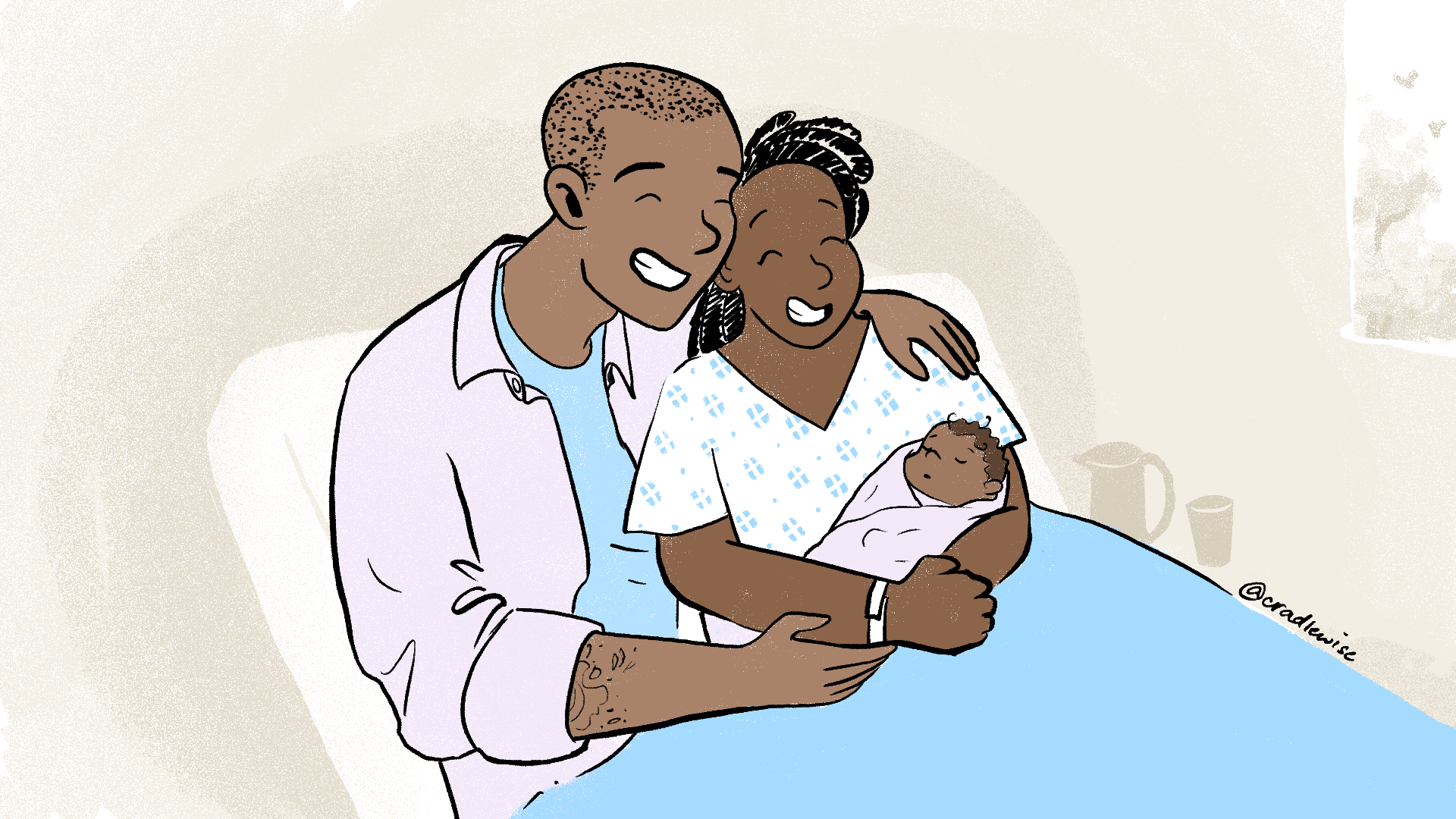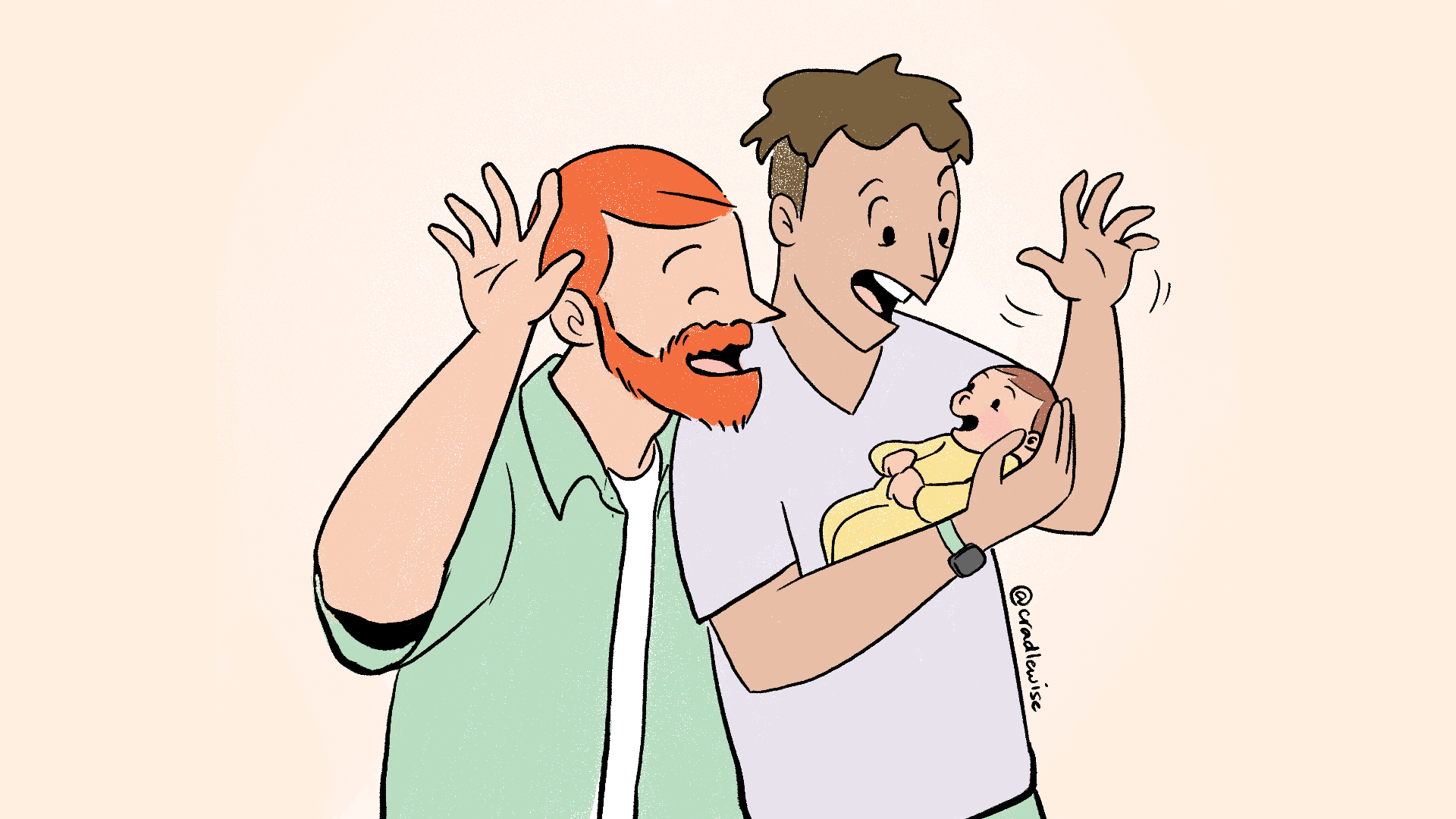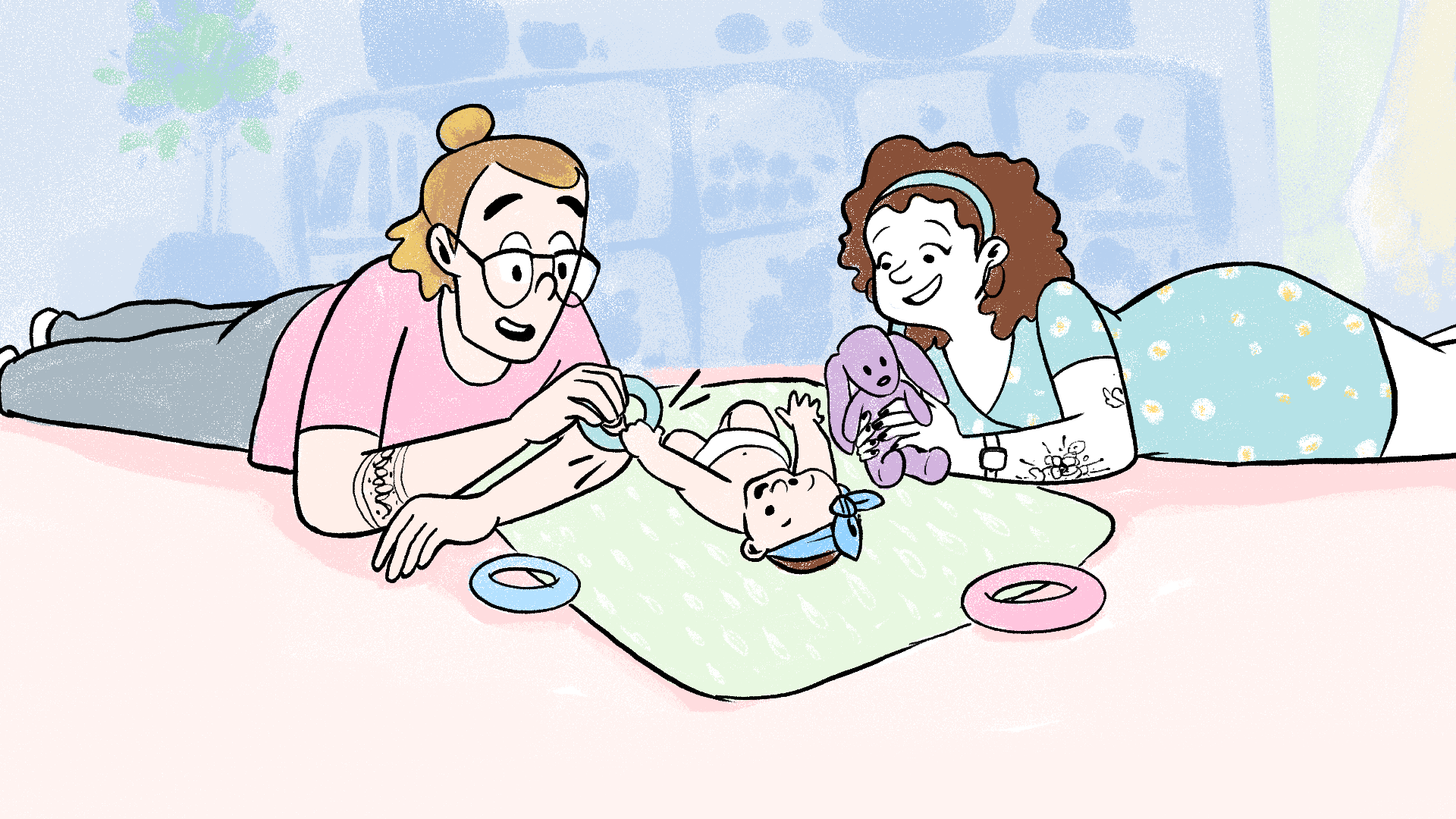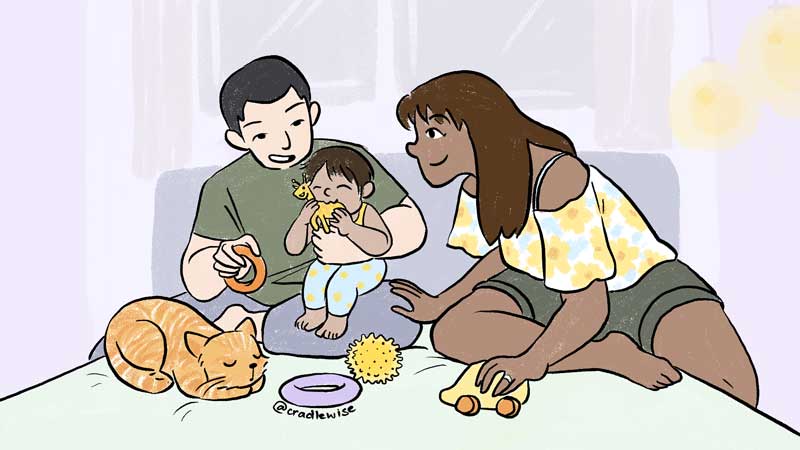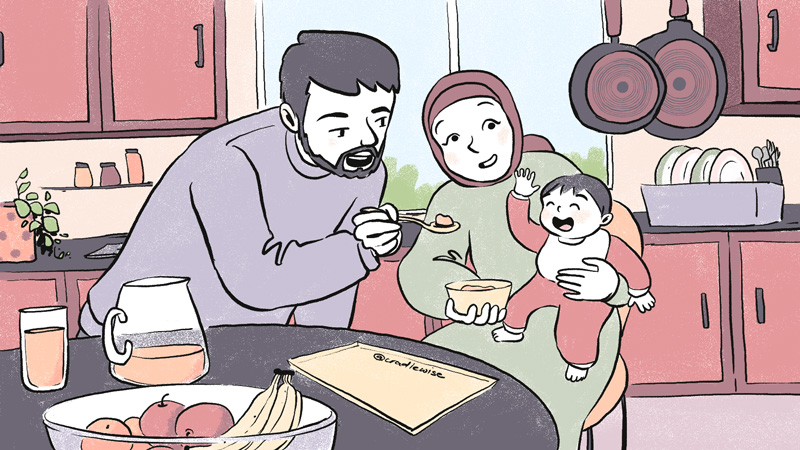



The Ultimate Guide
to Baby Sleep
Why do babies sleep the way they do? How many naps should they be taking? And how can you preserve your own sleep and sanity? Find the answers in these month-by-month evidence-based guides.
Bounce to month
0–24 months, just like our crib.
Dr. Anoop Rao
Medical Advisor
Dr. Rao is a Neonatologist at the Lucile Packard Children's Hospital at Stanford. He is triple board-certified in Pediatrics, Neonatology, and Clinical Informatics.
Dr. Rao is also an educator and a Clinical Assistant Professor at Stanford University School of Medicine. He has an MS degree in Biological Engineering from MIT, followed by fellowship training at Harvard.
Other related reads

Science of baby sleep
Why you shouldn’t sleep train before age 1: What science says about your baby’s sleep and brain development
Because babies aren’t ready for structured sleep training early on, understanding their natural rhythms helps you support healthier sleep habits.

Science of baby sleep
The ultimate guide to swaddling: Keeping your baby snug as a cocoon this winter
In this guide, we’ll break down the essentials of swaddling, its benefits, and how to do it safely to ensure your little one stays snug as a cocoon this winter.


The Ultimate Guide to Baby Sleep
Why do babies sleep the way they do? How many naps should they be taking? And how can you preserve your own sleep and sanity? Find the answers in these month-by-month evidence-based guides.
Bounce to month
We have you covered from 0 — 24 months, just like our crib.

Dr. Anoop Rao
|Dr. Rao is a Neonatologist at the Lucile Packard Children's Hospital at Stanford. He is triple board-certified in Pediatrics, Neonatology, and Clinical Informatics.
Dr. Rao is also an educator and a Clinical Assistant Professor at Stanford University School of Medicine. He has an MS degree in Biological Engineering from MIT, followed by fellowship training at Harvard.
Other related reads
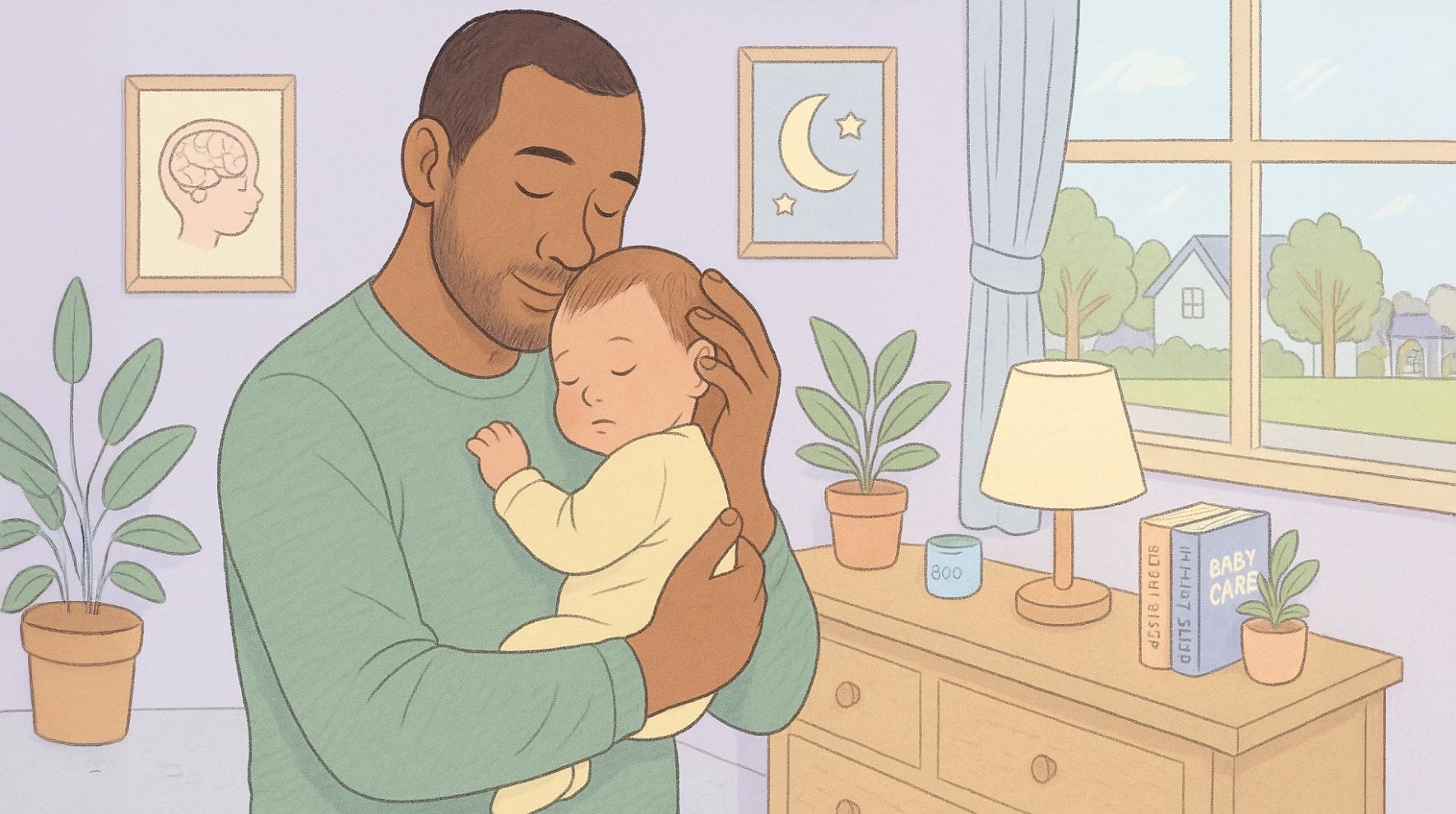
Science of baby sleep
Why you shouldn’t sleep train before age 1: What science says about your baby’s sleep and brain development
Because babies aren’t ready for structured sleep training early on, understanding their natural rhythms helps you support healthier sleep habits.

Science of baby sleep
The ultimate guide to swaddling: Keeping your baby snug as a cocoon this winter
In this guide, we’ll break down the essentials of swaddling, its benefits, and how to do it safely to ensure your little one stays snug as a cocoon this winter.
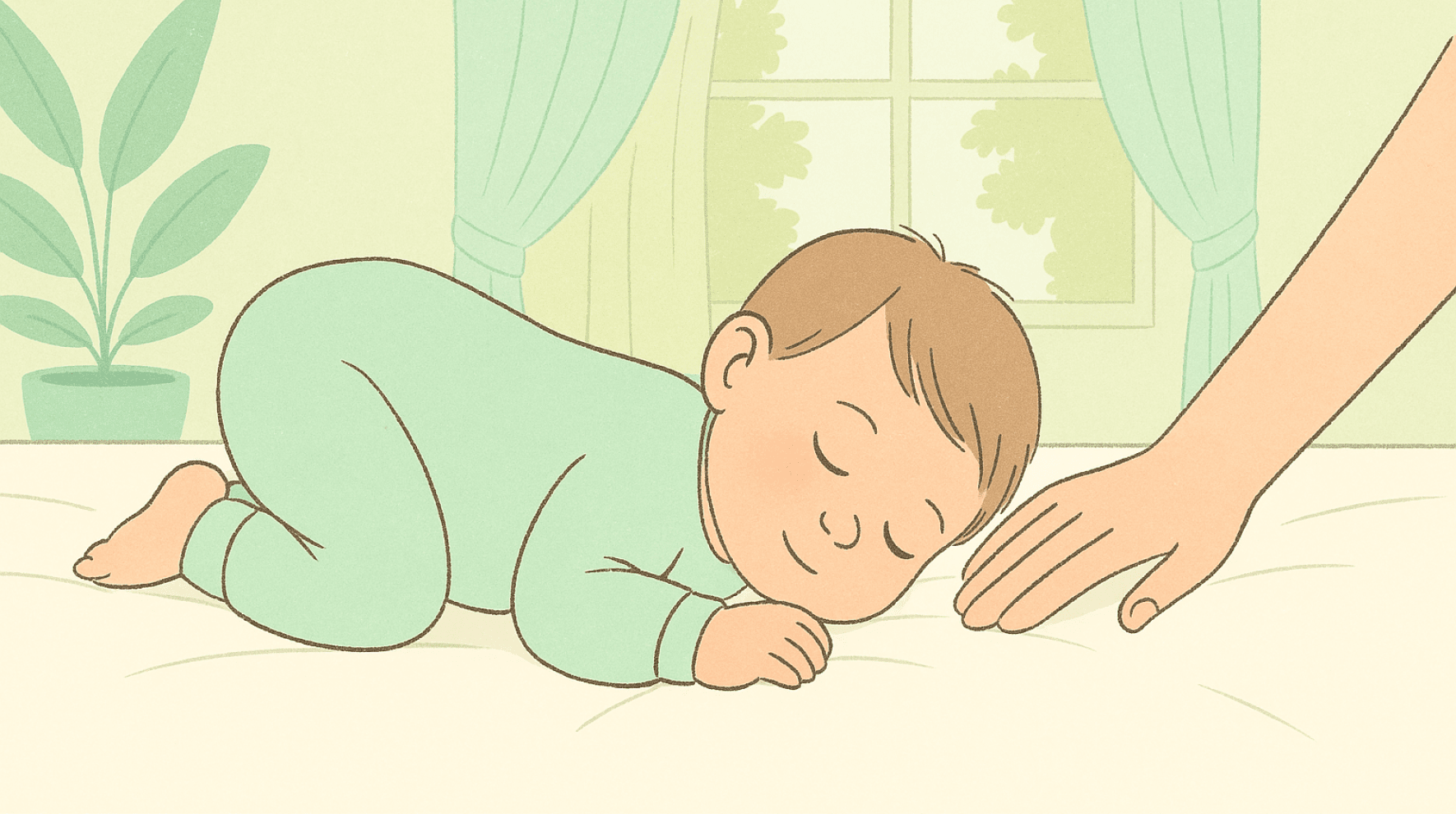
Science of baby sleep
Benefits of baby sleeping on tummy: what’s safe, what’s not
Because knowing when tummy sleeping is safe and when it isn’t helps you keep your baby safe while honoring their sleep needs.

